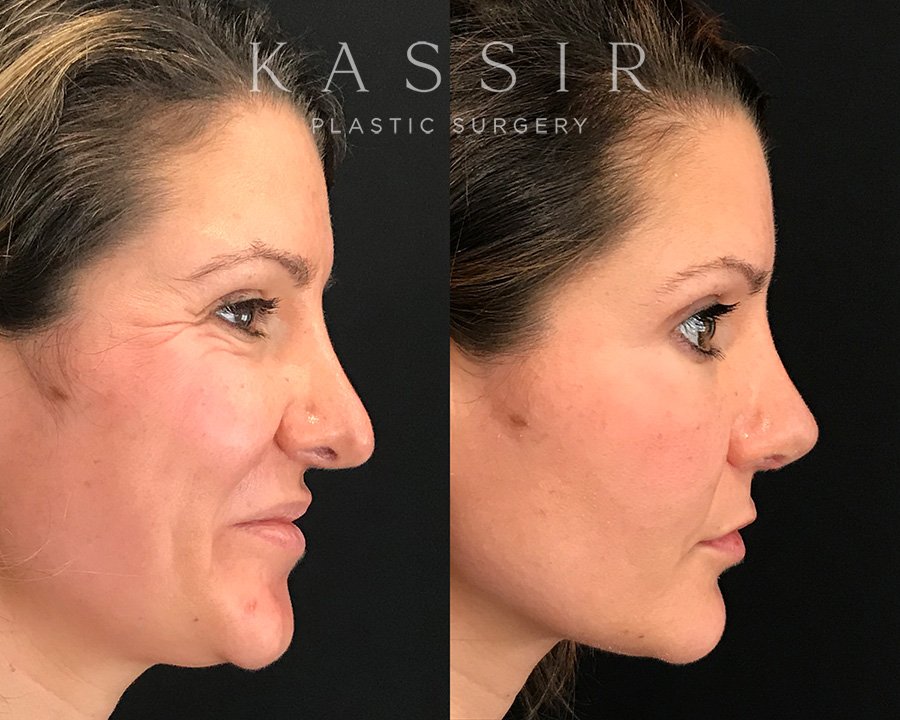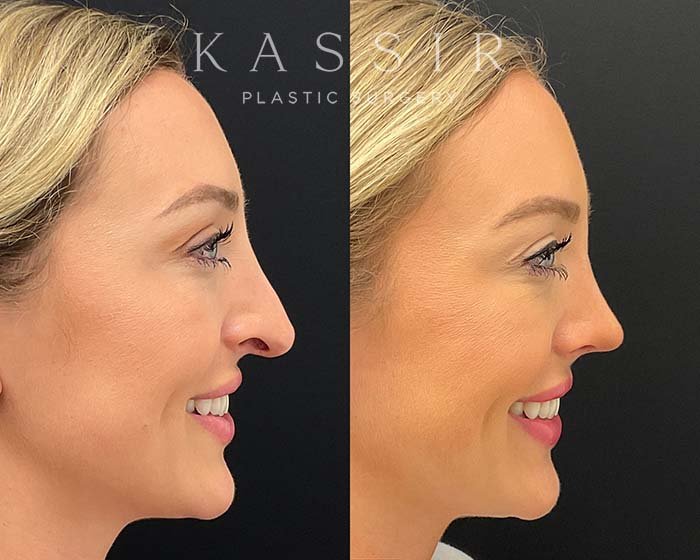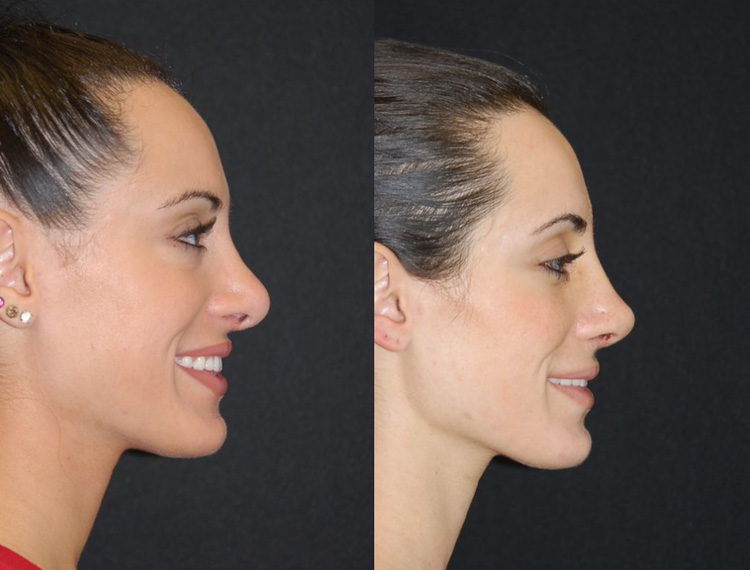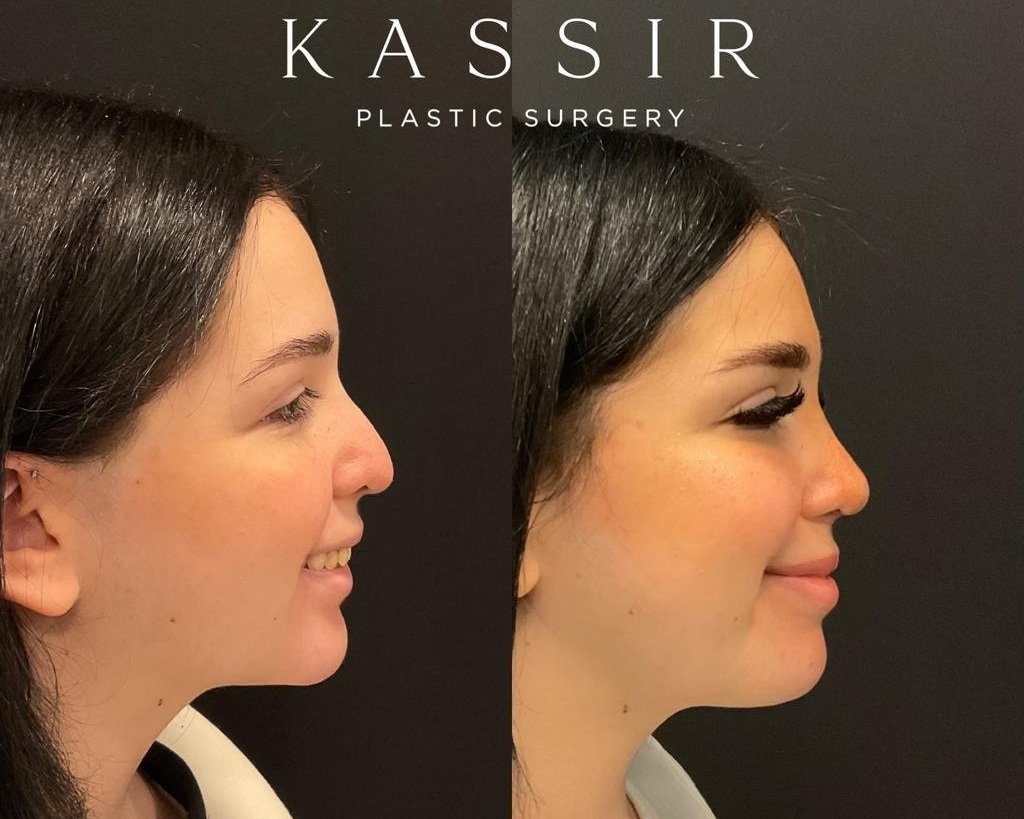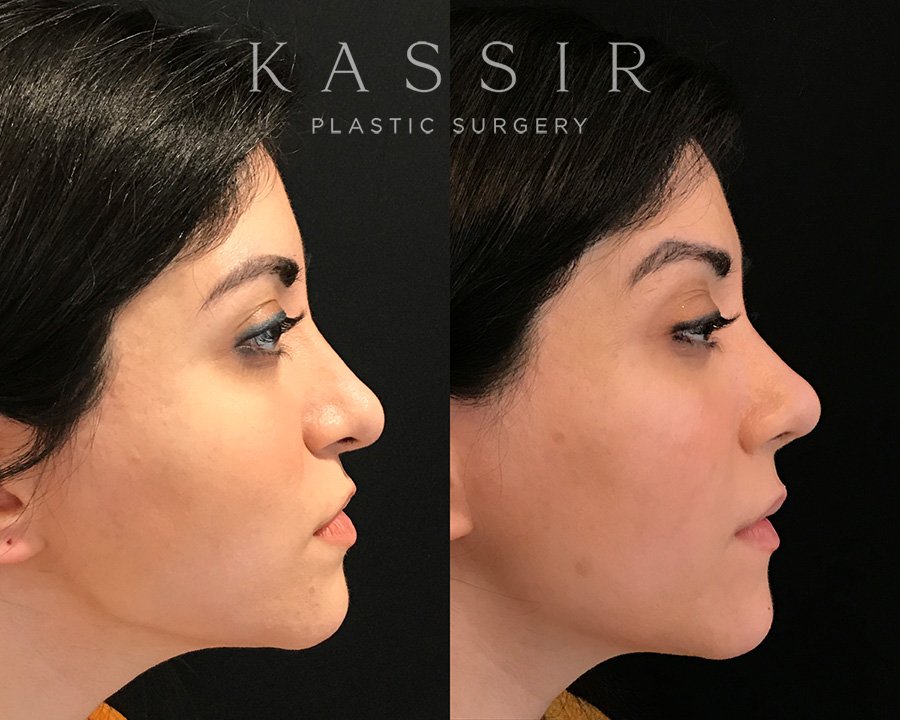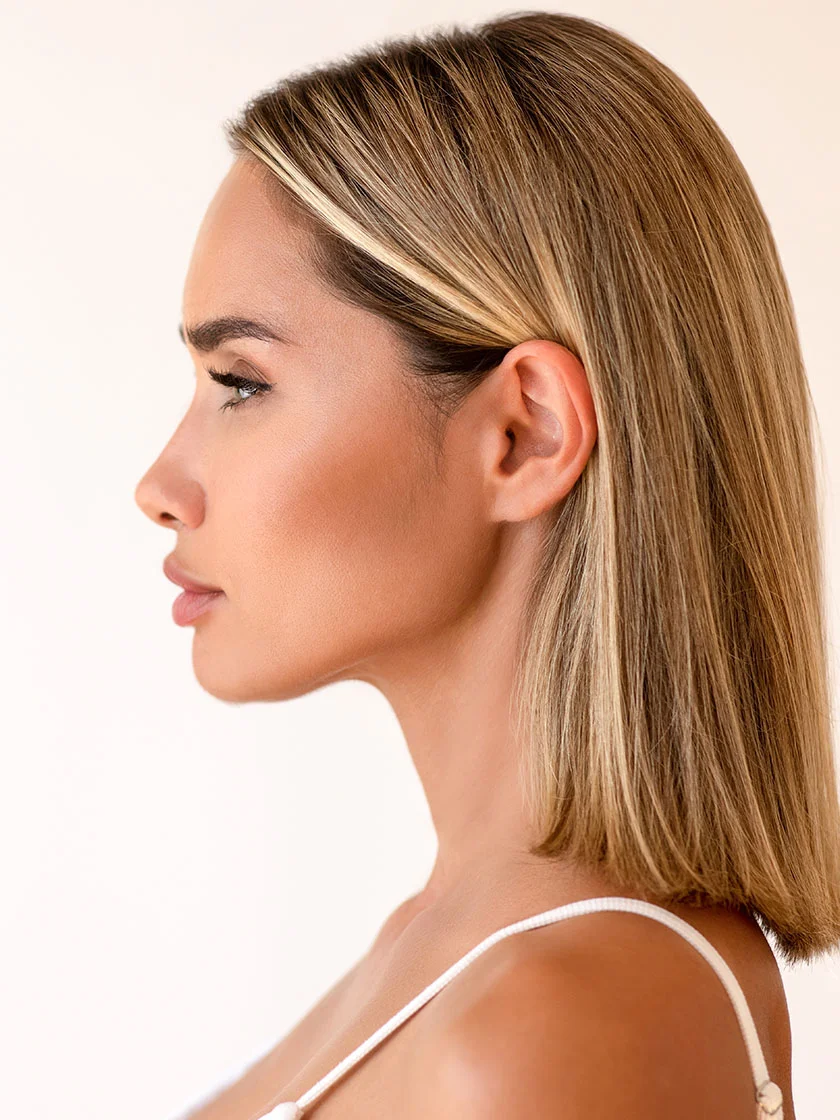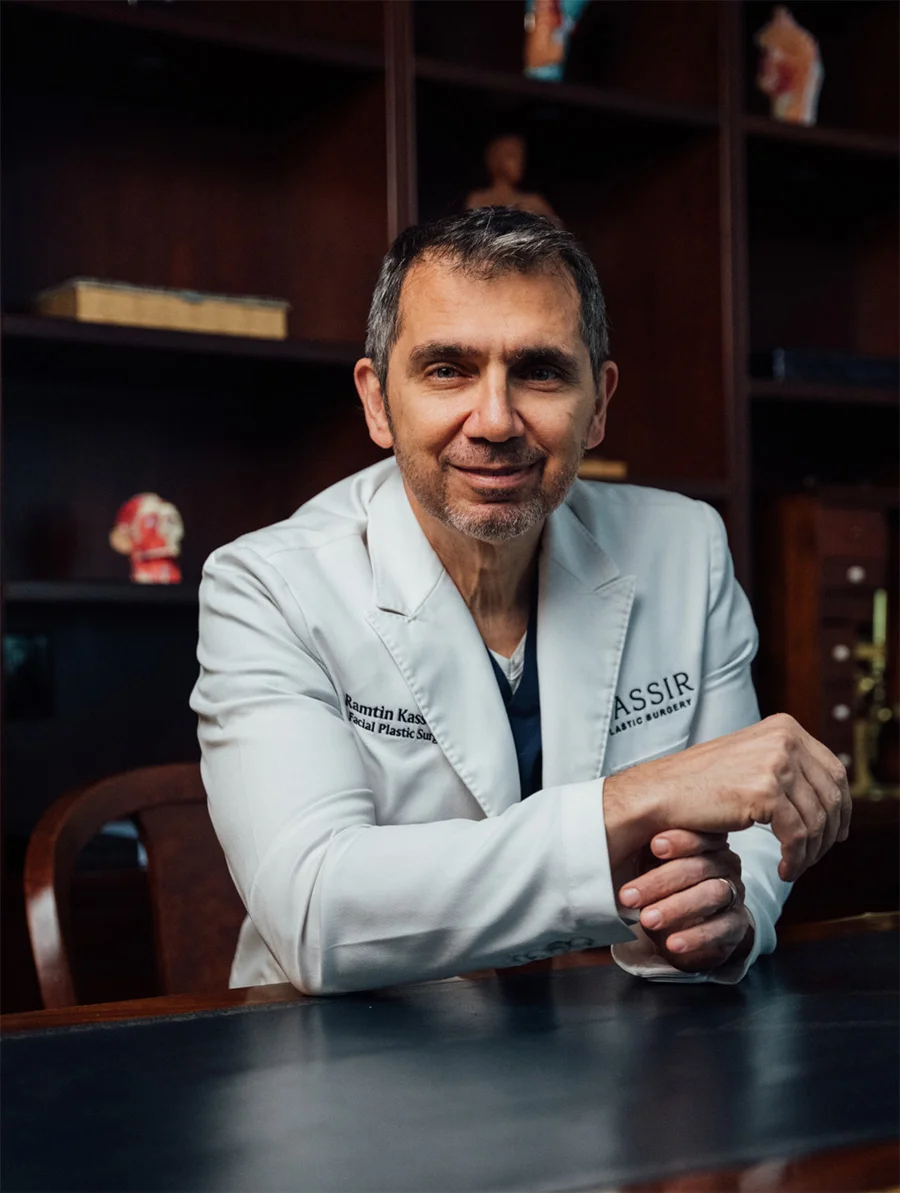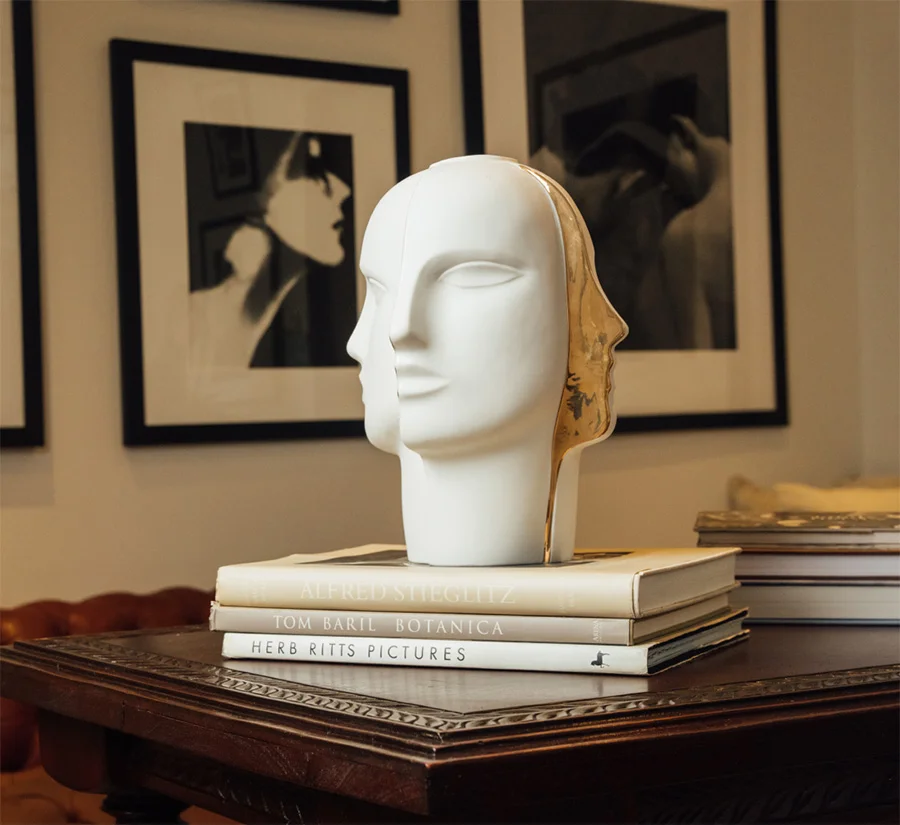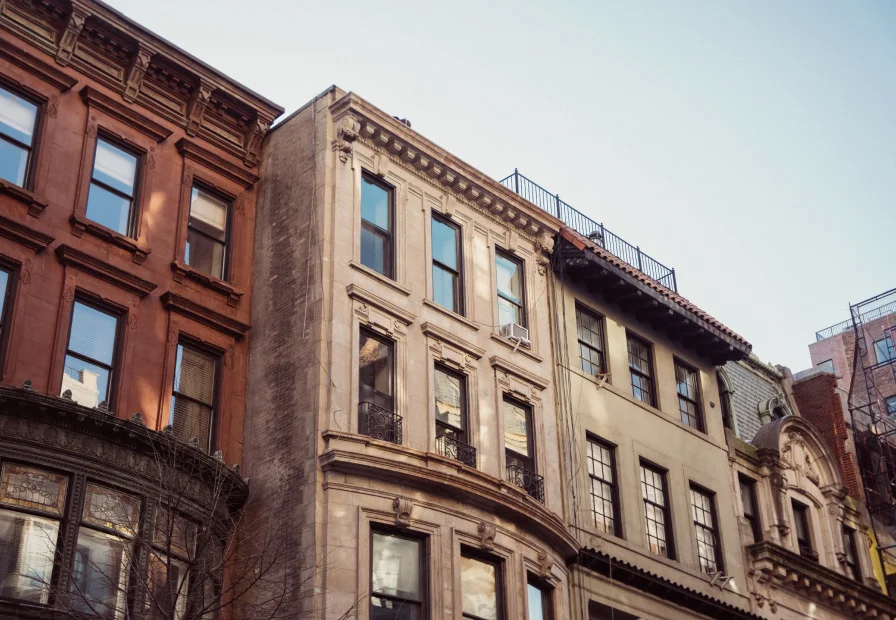Revision rhinoplasty corrects or improves the problems caused by a previous procedure. Although revision rhinoplasty can be more complicated and delicate than primary rhinoplasty, Dr. Kassir often feels that being the secondary surgeon on a nose has advantages. He can observe the outcome of the primary procedure and better predict the outcome of the second. His experience in nasal reconstruction after trauma or cancer allows him to use similar reconstructive techniques to correct noses in revision rhinoplasty surgeries.
A revision rhinoplasty often requires the nose to be reduced in size. Common problems include a nasal hump being left behind, a wide or drooping tip lacking definition, or wide nostrils. Every patient will have different needs, meaning the revision rhinoplasty surgery will need to be customized to each individual’s unique problems.
Dr. Kassir in New York City specializes in revision rhinoplasty, using the body’s cartilage and bone to reconstruct the nose instead of using synthetic implants like Gore-Tex, Medpor, or silicone. This reduces the risk of foreign substances pushing out of the nose or becoming infected, which may happen several months or years following the surgery. Dr. Kassir will remove and reshape the body’s bone and cartilage by adding support and grafts. This is a sensitive operation; if too much cartilage is removed with revision rhinoplasty, the nose will collapse. Performing cartilage grafting is necessary when the results of a rhinoplasty give an unnatural “pinched tip,” “pig nose,” or a collapsed middle bridge called an inverted V deformity.
Structural cartilage grafts are often required due to collapse of the nasal tip and twisting of the nose from overly aggressive or poorly executed rhinoplasty surgery. Revision rhinoplasty is often performed with cartilage from the nasal septum. When it is not available due to prior surgery, cartilage can be used from other parts of the body, such as the ears or the ribs. In the most severe cases, a calvarial bone from the skull can be harvested and used to reconstruct a completely collapsed nose. Dr. Kassir also likes to camouflage any subtle defects in the contour of the nose by using either the patient’s own tissue or Alloderm.
All rhinoplasty surgeries may be performed with either a “closed” technique or an “open” technique. There is no visible scarring when revision rhinoplasty is performed with the closed technique, as all incisions are confined to the inside of the nose. The open technique will result in a small, well-concealed scar on the nose’s underside on the strip of skin separating the nostrils (the columella). Dr. Kassir is trained to perform both techniques.

